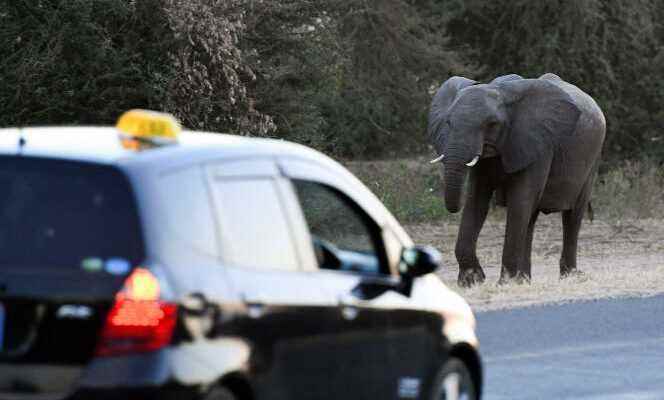In the north-east of Namibia, the small Sobbe corridor is only a modest project, a laboratory of ideas, but it nourishes here the hopes of bringing out an innovative solution for the protection of the most endangered wild species. . This 20-kilometre-long strip of land connects Mudumu National Park to the Zambezi Forest Reserve which opens further north to the Kavango-Zambezi Transfrontier Conservation Area, the largest terrestrial protected area in the world, 520,000 square kilometers straddling Botswana, Zambia, Zimbabwe, Angola and Namibia.
The preservation of a handful of corridors, including that of Sobbe, is essential to allow elephants to carry out their long migrations during the dry season from April to November. Mobility within these vast expanses is also valuable in facilitating the adaptation of wildlife to the consequences of climate change.
But how to convince the local populations not to settle there and find the means to compensate them? In 2018, a contract for the protection of the corridor was signed between the conservation (community conservation area) of Sobbe and the South African company Distell. The company, which produces the Amarula liqueur, whose logo is a pachyderm, paid 150,000 Namibian dollars (about 10,000 euros) to the community organization which brings together a thousand people against the latter’s commitment not to not build houses or extend their fields or pastures within the corridor.
Each year, if the integrity of the precisely delimited territory is preserved, an annuity of 50,000 Namibian dollars is paid. Satellite images and camera traps make it possible to verify this by monitoring the state of the plant cover and the density of circulating fauna. The value of this compensation was calculated by attempting to assess the financial loss suffered by the populations deprived of the land.
Trophy hunt criticized
“It is difficult to put a price on the preservation of these habitats. It must be both sufficient to reward communities who cohabit with wildlife at their own risk and acceptable to those who are likely to pay.explains Richard Diggle, who in the Namibian office of the World Wide Fund for Nature (WWF) leads the reflection on these “conservation payments”, whose principles are inspired by payments for ecosystem services. WWF has been supporting the community conservation program here for some thirty years through the conservancies.
You have 47.41% of this article left to read. The following is for subscribers only.
